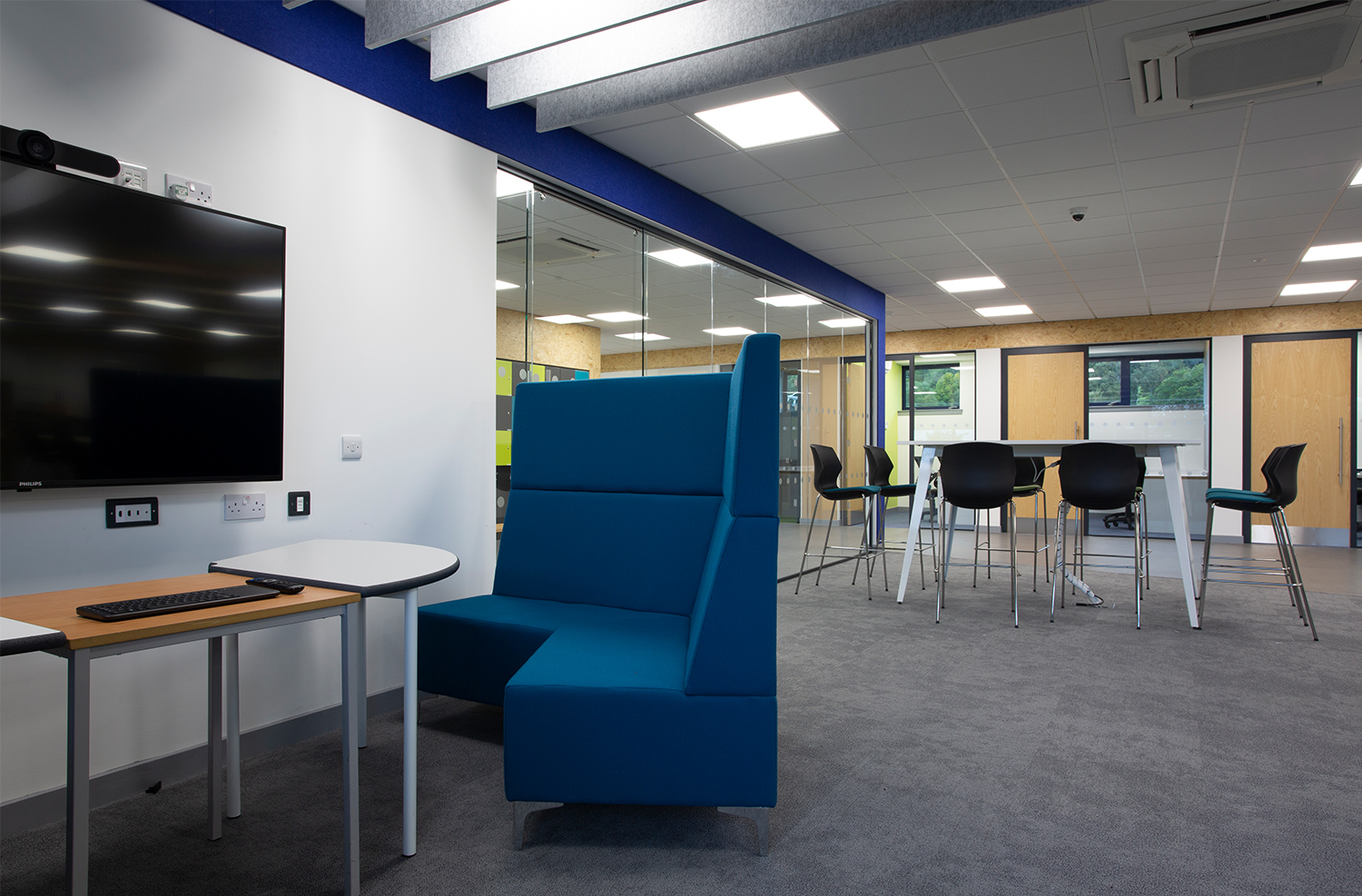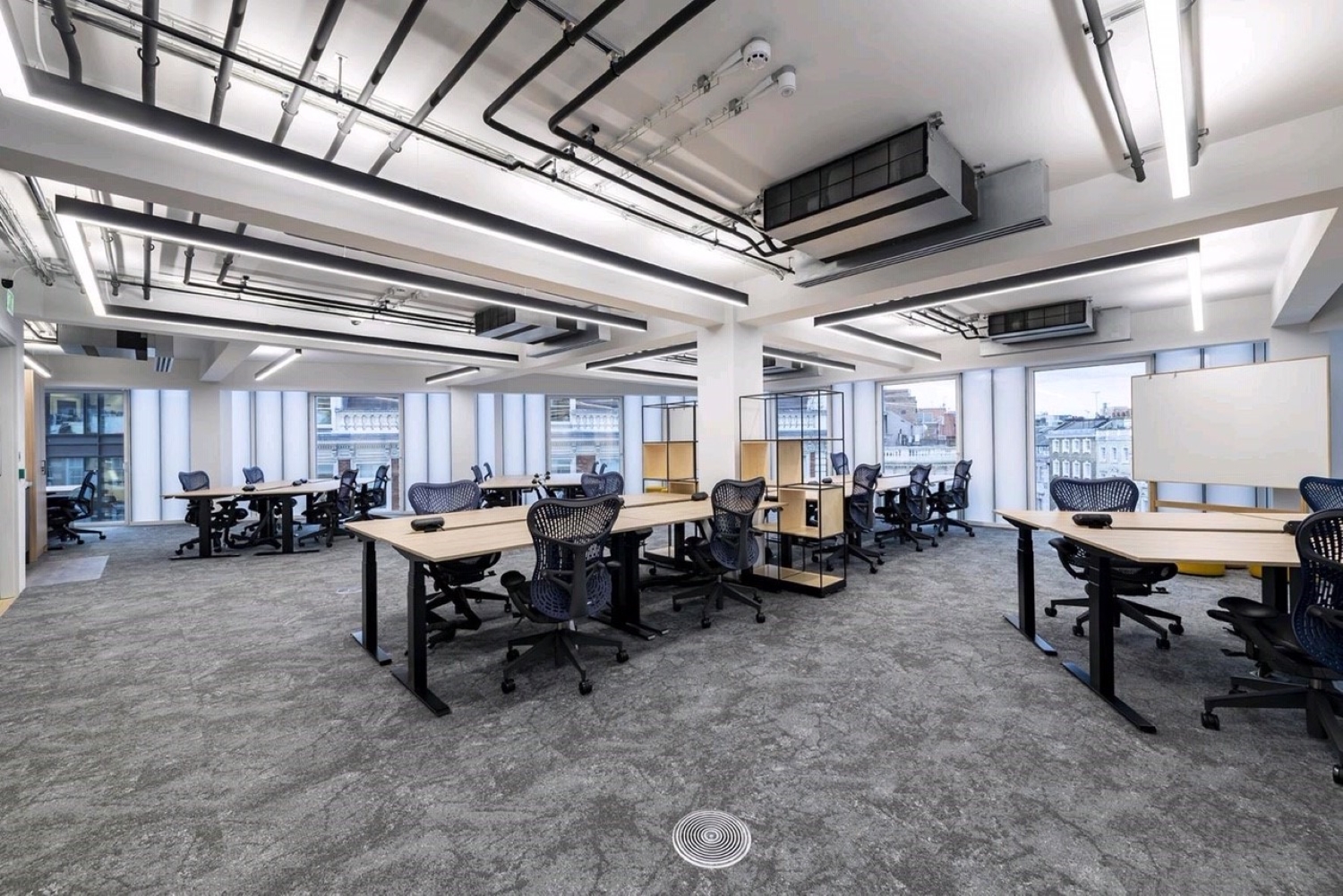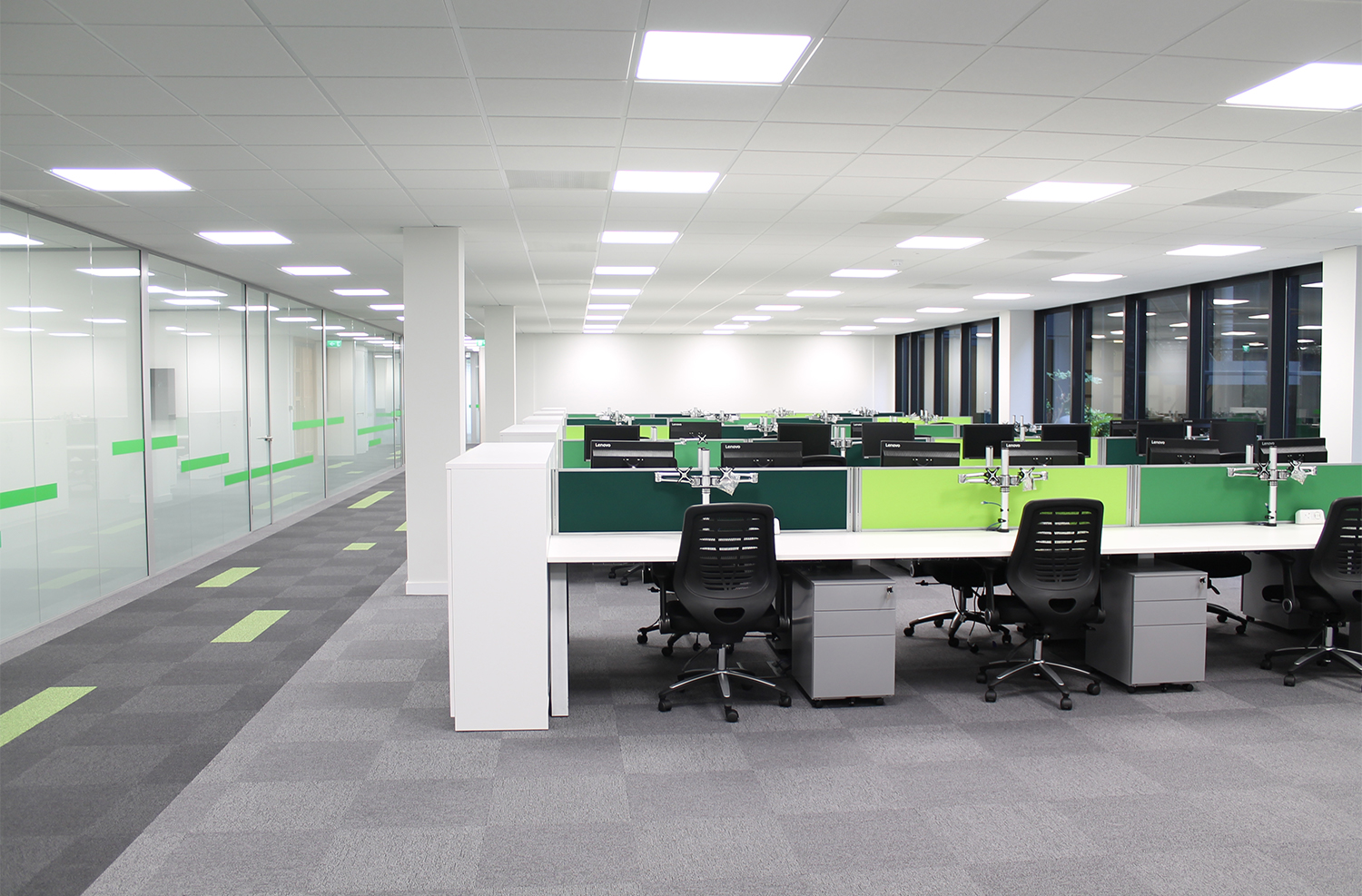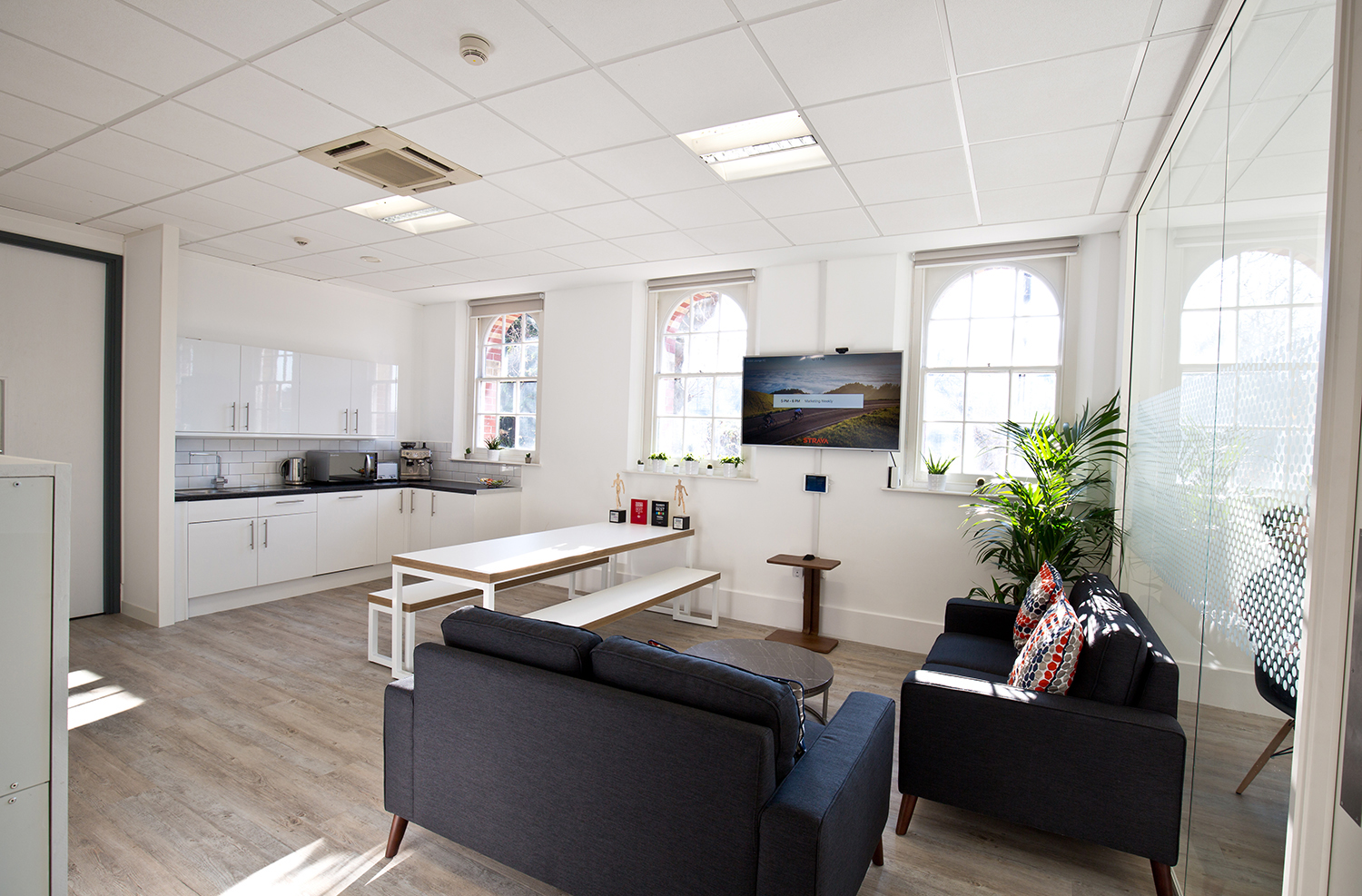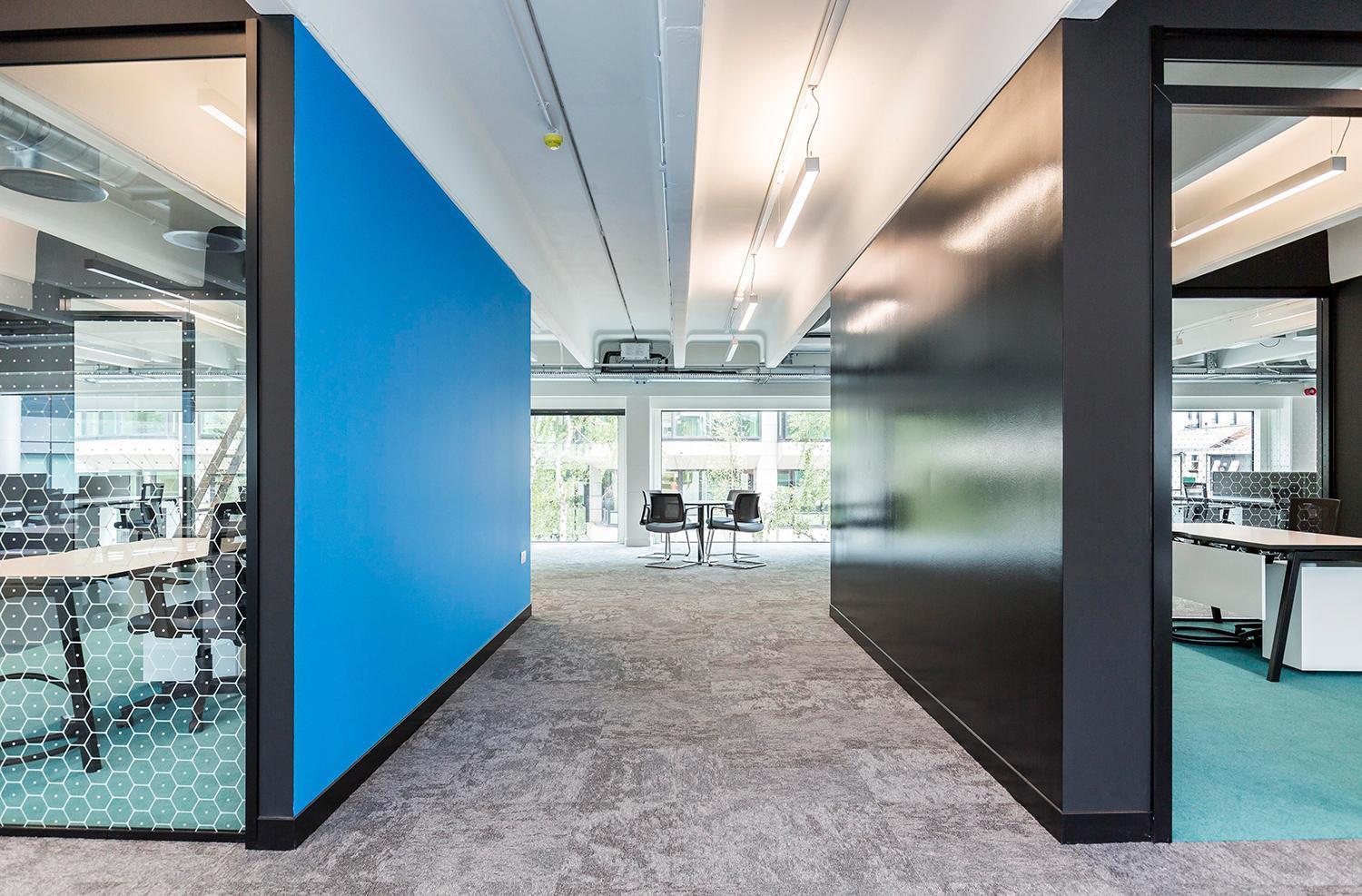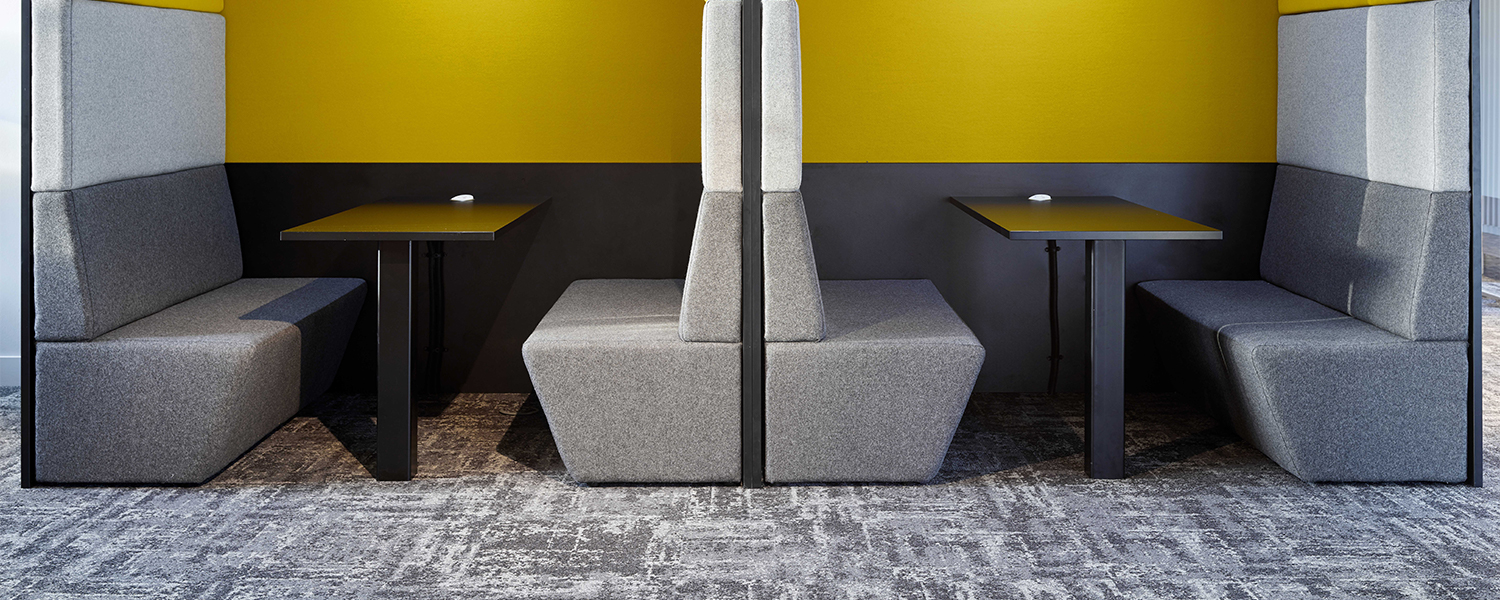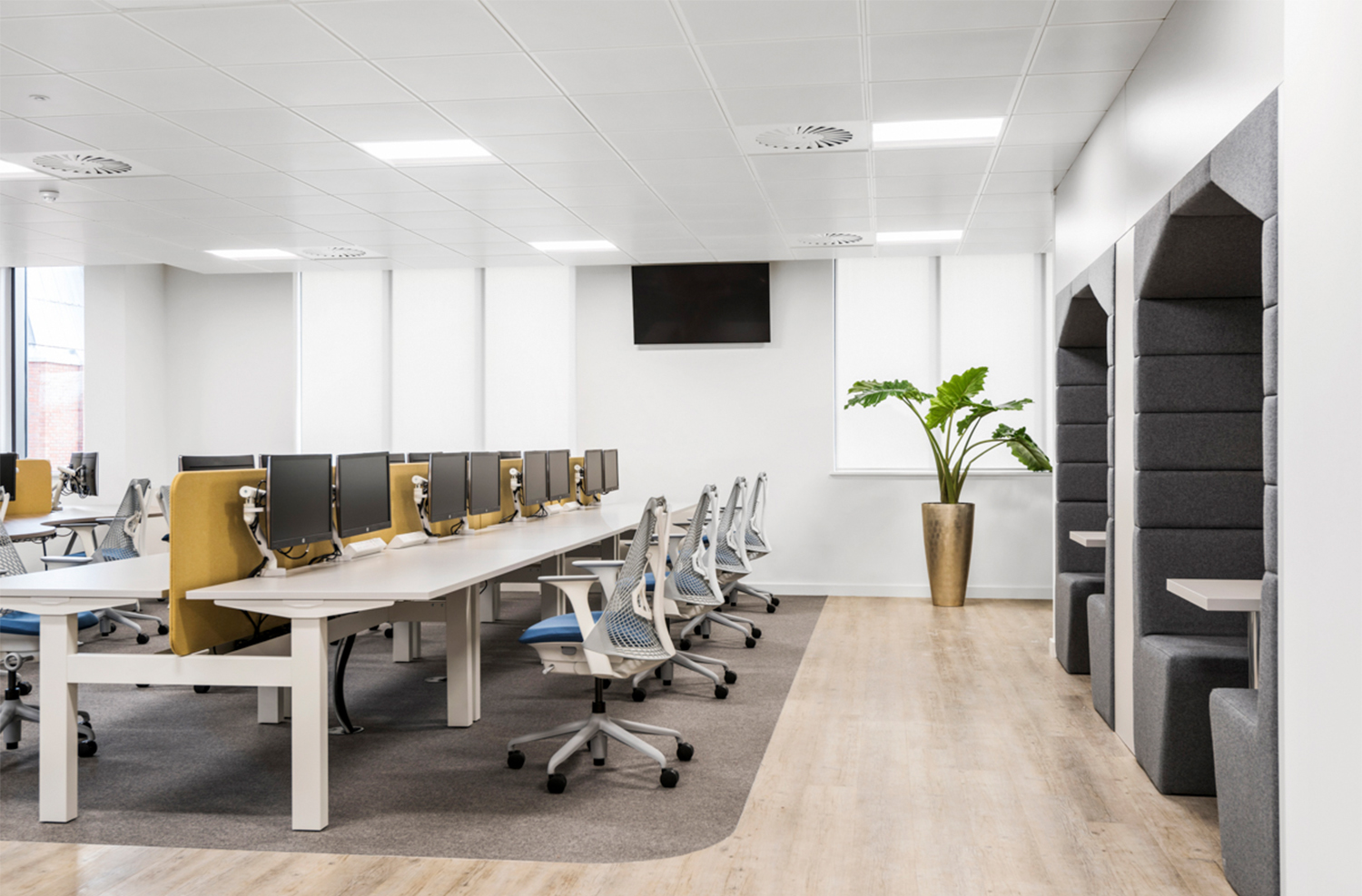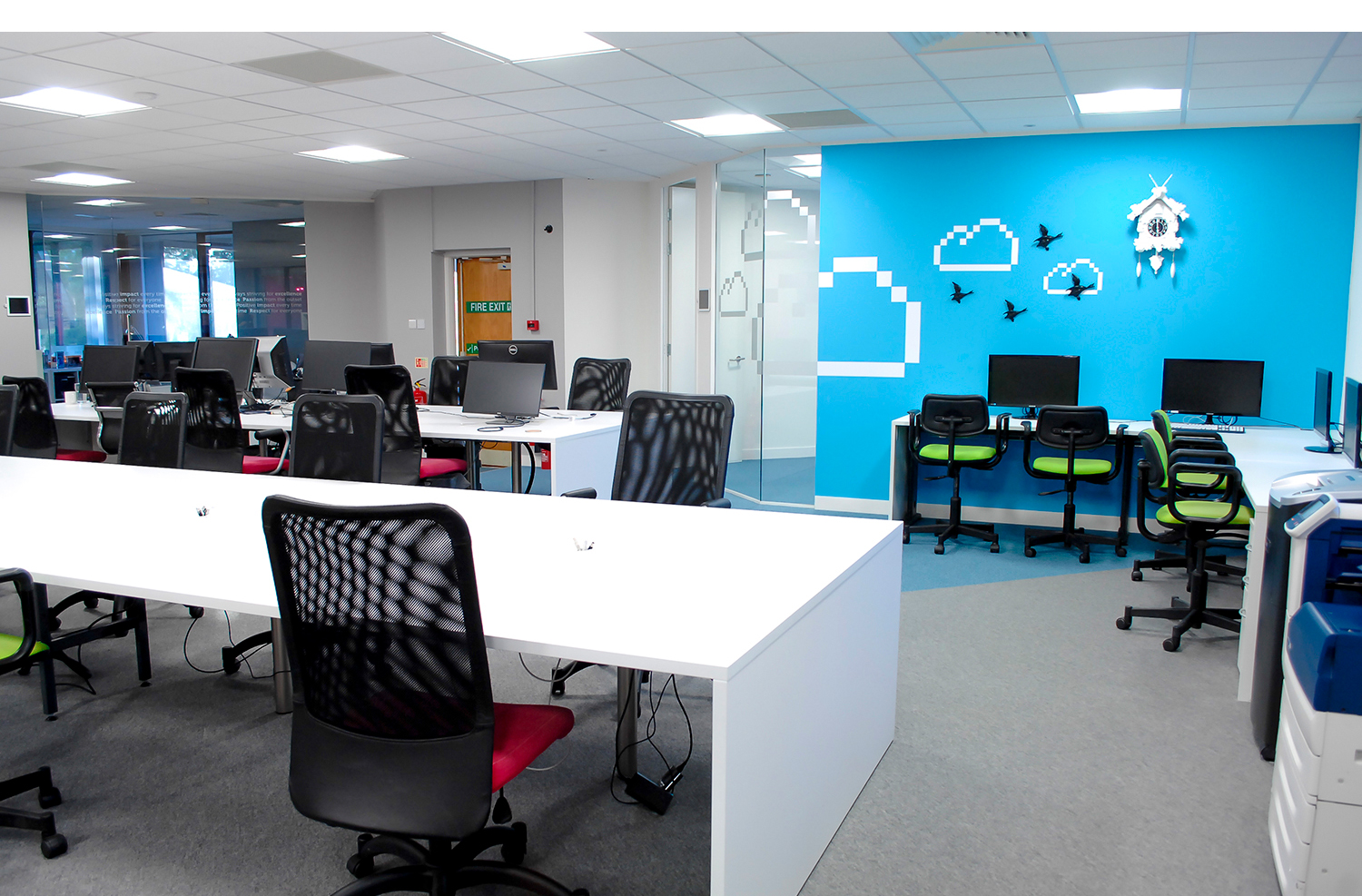We consider ways to make your business more energy efficient, including one you don’t always think about.
There are a number of ways you can make your business more energy-efficient, including investing in energy efficient lighting and heating methods, using renewable energy sources, and making the right flooring choices.
Cutting costs wherever possible is a vital part of running a successful business, and this includes the cost of running your office space. According to Freelancer, the average business uses 20% more energy output than it actually needs, so there are huge savings to be had.
Making your business’s office space more energy-efficient doesn’t have to cost as much as you’d think either. Let’s take a look at a few simple ways to make your business more energy-efficient and decrease your overall spending.
Heating
One of the most effective ways of lowering your energy bill is by ensuring you invest in energy-efficient heating units, making sure they are maintained regularly so they are functioning at the best of their ability.
Keeping on top of the management of your thermostats is also a great way of saving energy. Labelling your thermostats according to which area of the building they regulate the temperature for enables you to keep on top of your energy output in these areas. Adjusting your thermostat so it increases by 1° in summer and decreases by 1° in winter can save up to 10% of the energy used.
Lighting
Incandescent light bulbs are still used often in commercial premises, but they use a lot of energy and emit a lot of heat, so it’s a good investment to replace them with energy-efficient bulbs, such as light-emitting diodes (LEDs) or compact fluorescent lamps (CFLs). LEDs are known to not only last longer but also use 80% less energy than an incandescent light bulb. CFLs are known to use 75% less energy than standard bulbs. Although these light bulbs seem like an expensive purchase, in the long run, they can actually save you money.
Renewable energy
Renewable energy sources are also an investment you should consider looking into. Solar panels only require a minimal amount of maintenance and, while they are an expensive initial purchase, they will have a huge impact on the energy efficiency of your business and you will receive a return of your investment in a few years’ time. Not to mention, there are also potential tax credits to be had by investing in solar energy.
Flooring
Flooring is an often-overlooked but essential factor to consider when assessing your business’s overall energy efficiency. Carpet tiles, for example, can better insulate commercial premises compared to other alternatives once laid, and are known to produce less waste than sheet carpet. Carpet tiles are are easier to transport than many other options and many have a very high degree of recycled content, so there are some strong sustainability arguments for the choice as well.
If you’re looking for carpet tiles or other flooring options to save money on your energy bills, browse our collection here or get in touch with our team at Duraflor today.
